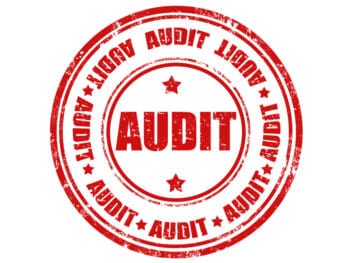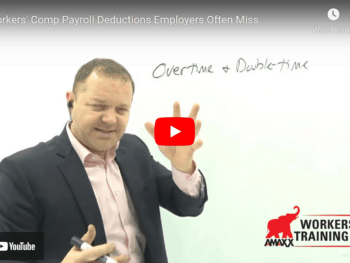Ontario’s Workplace Safety and Insurance Board (WSIB) will freeze rates for the majority of employers in 2010, while applying the usual rate-setting methodology for rate groups failing to achieve expected health and safety and return to work outcomes. As in previous years, the WSIB approach to rate-setting is based on industry accountability for workplace insurance costs.
The majority of employers (over 200,000) premium rates will remain at 2009 levels. In 2010 a significantly smaller number of employers (approximately 36,000) will face rate increases, comparable to recent years, when approximately 90,000 employers per year experienced increases. Good-performing employers continue to be eligible for rebates under the WSIB’s incentive-based programs.
“The decision on premium rates comes after extensive consultation in 2009, which I have conducted personally with employer and worker stakeholders on a wide range of issues,” said WSIB Chair Steven Mahoney. “We are doing all we can to protect the financial sustainability of the system from current financial pressures, while being fair to the workers and employers who rely on it.
“While the vast majority of Ontario employers will not have an increase, employers in some rate groups will have to pay more,” said Mahoney. “Under our collective liability system, employers in the same industries are grouped together for rate-setting purposes. This ensures employers in low-risk industries don’t have to pay for the insurance costs of high-risk industries – but it also means that some employers with successful prevention and return-to-work programs will have increases to their base premium rates (which may be offset by incentive-program rebates) for 2010. This is because their rate groups include employers that still need to improve their health and safety or return to work results.
“As our workplaces continue to become safer and healthier, employers and workers – as well as health and safety and industry associations – will need to work with the WSIB to find new ways of ensuring workplace health and safety best practices become standard across entire industries,” he concluded. (workersxzcompxzkit)
The WSIB maximum insurable earnings ceiling for 2010 is $77,600. This is an increase of 4% from $74,600 in 2009. Changes to the Maximum Insurable Earnings Ceiling are directly linked to changes in average earnings in Ontario as measured by Statistics Canada, and provisions under the Workplace Safety and Insurance Act.
Author Robert Elliott, executive vice president, Amaxx Risks Solutions, Inc. has worked successfully for 20 years with many industries to reduce Workers’ Compensation costs, including airlines, health care, manufacturing, printing/publishing, pharmaceuticals, retail, hospitality and manufacturing. He can be contacted at: Robert_Elliott@ReduceYourWorkersComp.com or 860-553-6604.
Submit Articles to us at: Info@WorkersCompKit.com.
Reduce Your Workers Comp: www.ReduceYourWorkersComp.com/
Workers Comp Kit: www:workerscompkit.com/
WC 101: www.ReduceYourWorkersComp.com/workers_comp.php
Do not use this information without independent verification. All state laws vary. You should consult with your insurance broker about workers’ comp issues.
©2009 Amaxx Risk Solutions, Inc. All rights reserved under International Copyright Law. If you would like permission to reprint this material, contact Info@WorkersCompKit.com














